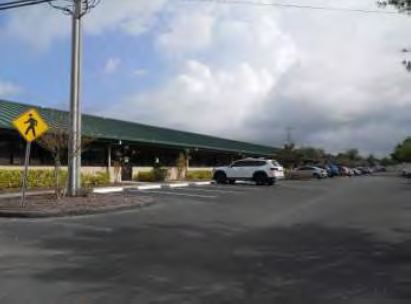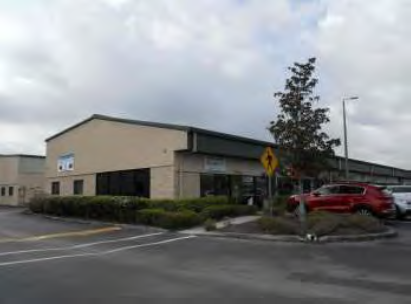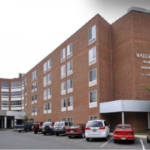Institutional Capital Makes a Strategic Return to Commercial Real Estate Lending

Institutional Capital Re-enters the Market
Commercial real estate lending is seeing renewed interest from institutional investors after a period of retrenchment. According to recent market indicators, funds and capital sources that pulled back during the recent downturn are now repositioning, signalling a more favourable environment for borrowers and lenders alike.
What’s Driving the Shift
Several key dynamics are helping to explain this development:
-
Stabilising interest rates and inflation have increased confidence among institutional lenders, enabling them to reassess risk-return profiles and extend more flexible credit.
-
Improved asset fundamentals in many sectors—particularly industrial and certain net-lease retail properties—are making transactions that were once considered too uncertain now more viable.
-
Liquidity pressures that constrained activity earlier in the cycle are easing, and capital that sat on the sidelines is now seeking deployment.
-
Borrower demand is resurging as debt maturities and refinancing needs pile up, prompting lenders to re-engage rather than remain passive.
Where the Money Is Flowing
The renewed capital is showing up across several property types and financing strategies:
-
Stabilised assets with strong cash flows and credit tenancy are seeing attractive loan terms again.
-
Secondary markets and non-major gateway cities are getting increased focus as yield-seekers look beyond ultra-competitive primary markets.
-
Mezzanine financing and structured debt strategies are gaining traction where senior leverage remains restrained.
-
Net-lease retail assets anchored by grocery or essential services are also seeing interest, as investors view them as defensible through economic cycles.
Implications for Borrowers and Lenders
For borrowers this shift means an improved financing environment: more options, potentially better pricing and more creative structures. That said, institutional investors are still disciplined and will emphasise strong underwriting, covenant quality and sponsor track record.
For lenders it signals that waiting on the sidelines may no longer be the best approach; being early to reposition, re-engage sponsors and refresh origination pipelines is critical.
For the broader market it suggests a turning point: while headwinds remain, institutional re-entry can help restore confidence, increase transaction velocity and support broader recovery in commercial real estate lending.
What to Watch
Despite the improved optics, several risks warrant attention:
-
Macroeconomic uncertainty remains, and an adverse shift in interest rates or inflation could derail momentum again.
-
Valuation resets may still be incomplete, meaning some assets may face further downside.
-
Competition for higher-quality deals will intensify, which could compress spreads and increase underwriting risk.
-
Regulatory and capital-treatment changes may influence how institutions deploy debt capital.
At Wheeler Capital Partners we monitor these trends closely and advise clients on positioning for this evolving landscape—whether you are a borrower seeking flexible financing or a sponsor exploring institutional debt alternatives.








